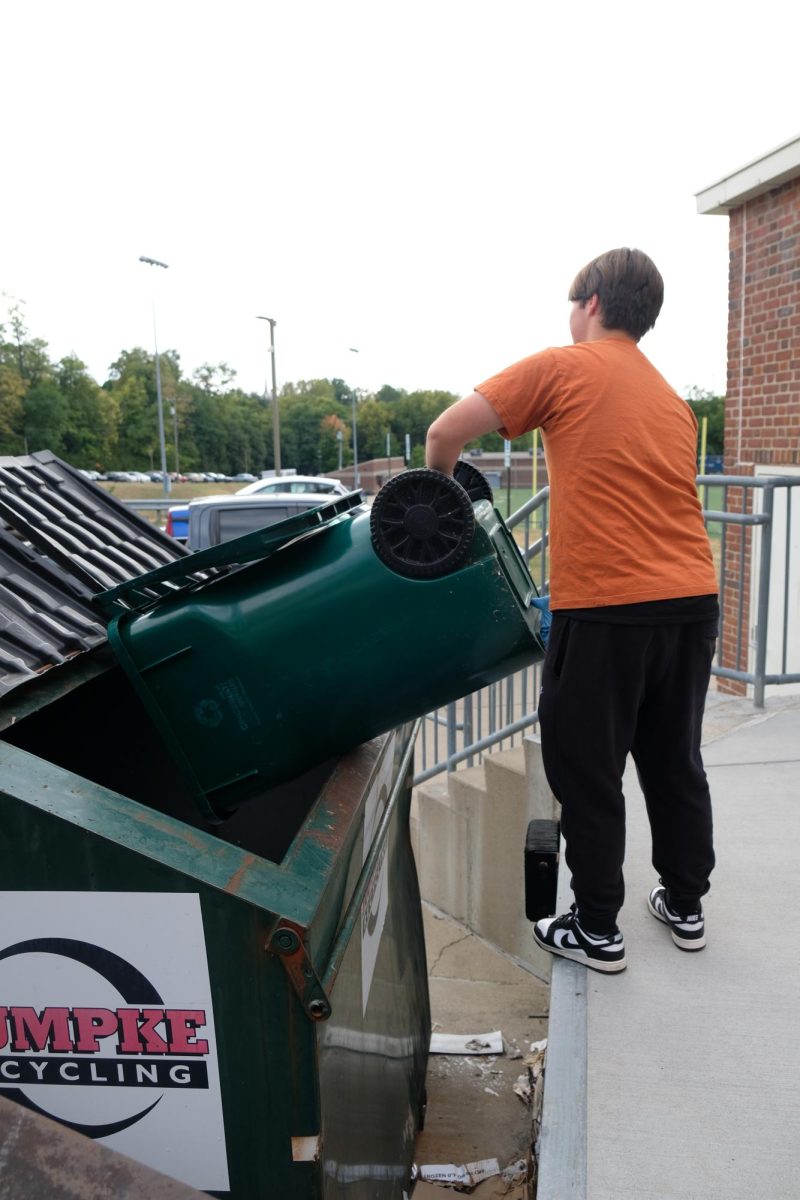Wally Hill on Fake News Clouding Judgement

Courtesy of Obama White House Archives
The White House is illuminated pink for Breast Cancer Awareness in October of 2012 during the Obama administration. The activities and legislature that comes out of the White House are often the fore front of online news media sources.
November 17, 2017
It seems like so much is going on in American politics that it’s a chore to keep up with even the most significant news. Between Trump, Russia and the DNC, it’s hard to avoid getting caught up in the mumbo jumbo of the daily news cycle. I’m becoming less and less surprised every time President Donald Trump does or says something controversial, which is very often.
I know I should not just ignore the news and be apathetic. I need to stay current on the issues that impact me and formulate my own opinions from what’s happening. Having a well-informed citizenry is essential to maintaining a fair democracy. However, many Americans are either growing apathetic or retreating further into misinformation and adopting opinions based on flat-out lies.
These days, more and more people get their news from social media websites like Twitter and Facebook. While news online seems convenient and reliable, on social media, fake news thrives. I’m not talking about what Trump deems “#FakeNewsMedia”, like CNN, MSNBC, the Washington Post and the New York Times. Sure, all of these organizations do have varying degrees of bias, yet all of them have a foundation of fact and truth, words I know Trump is not familiar with.
I mean fake news stories like “Hillary Clinton birthed two Muslim sons out of wedlock in the 90s.” Or “Trump refuses to shake hands with Justin Trudeau because he smells like ham.” Fake news websites use shocking clickbait headlines such as these to bring ad-money to their websites. The stories are usually far left-leaning or far right-leaning and are either partially or entirely fabricated. It can sometimes be hard to tell right away whether the stories are made up, especially without a credible news source to compare to.
On social media, we tend to mainly follow people who have similar viewpoints, so news is not always impartial. Social media focuses on the ‘right now.’ What is trending is not always what is accurate. Story details can become outdated, but the older story may get more shares and views. On social media we don’t always check the date and attributions of photos, or read a whole article before sharing the link. When it comes to politics on social media, it’s all about getting fired up about issues, and letting other people know how fired up we are.
In a time of such political divisiveness and media influence, it can be a challenge to stay current without becoming too annoyed, paranoid, uninformed or misinformed.
The solution I have come to is to keep reading my favorite “#FakeNewsMedia,” but balance my news with good and bad, national, and local. Although news stories can be depressing, frankly, most do not directly impact me. Moreover, one or two bothersome political news reports should not have the power to ruin a perfectly good day, or any day for that matter. I also know that there is pretty much nothing I can do to change what is going on. I cannot delete President Trump’s Twitter account, or show Scott Pruitt, the head of the EPA, my informative powerpoint on the effects of climate change, but I will survive.
Furthermore, treasured readers of The Chatterbox, when you catch up on the news this week, I challenge you to let your frustrations pass over you like the clouds of a pop-up summer storm. Go forth, and inform yourselves.






